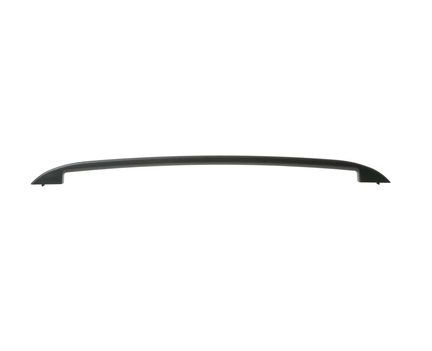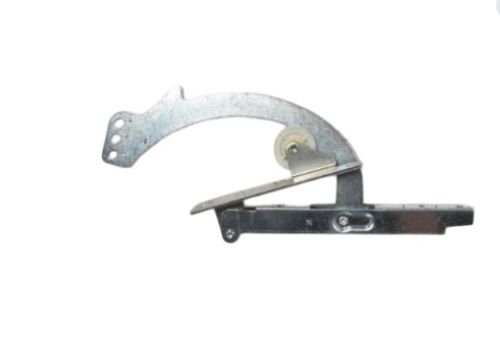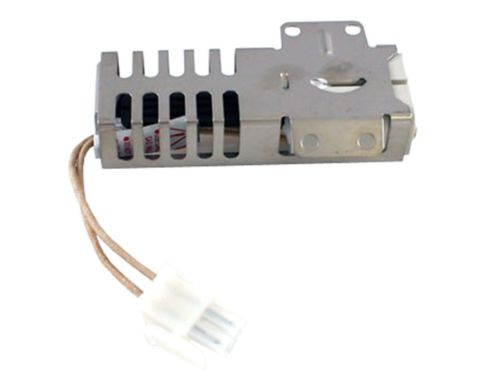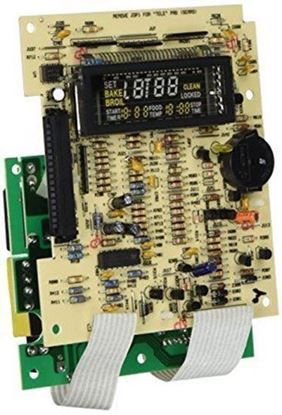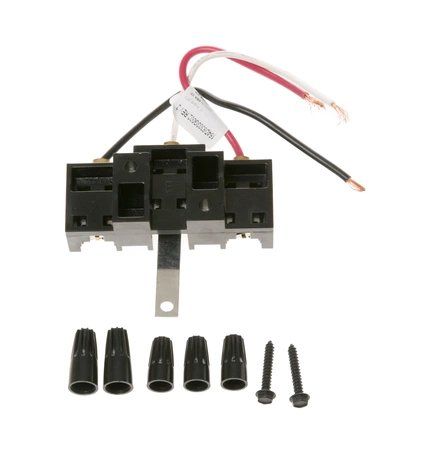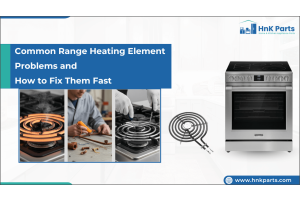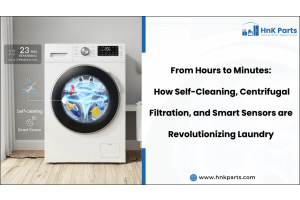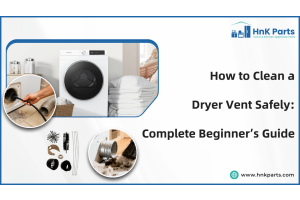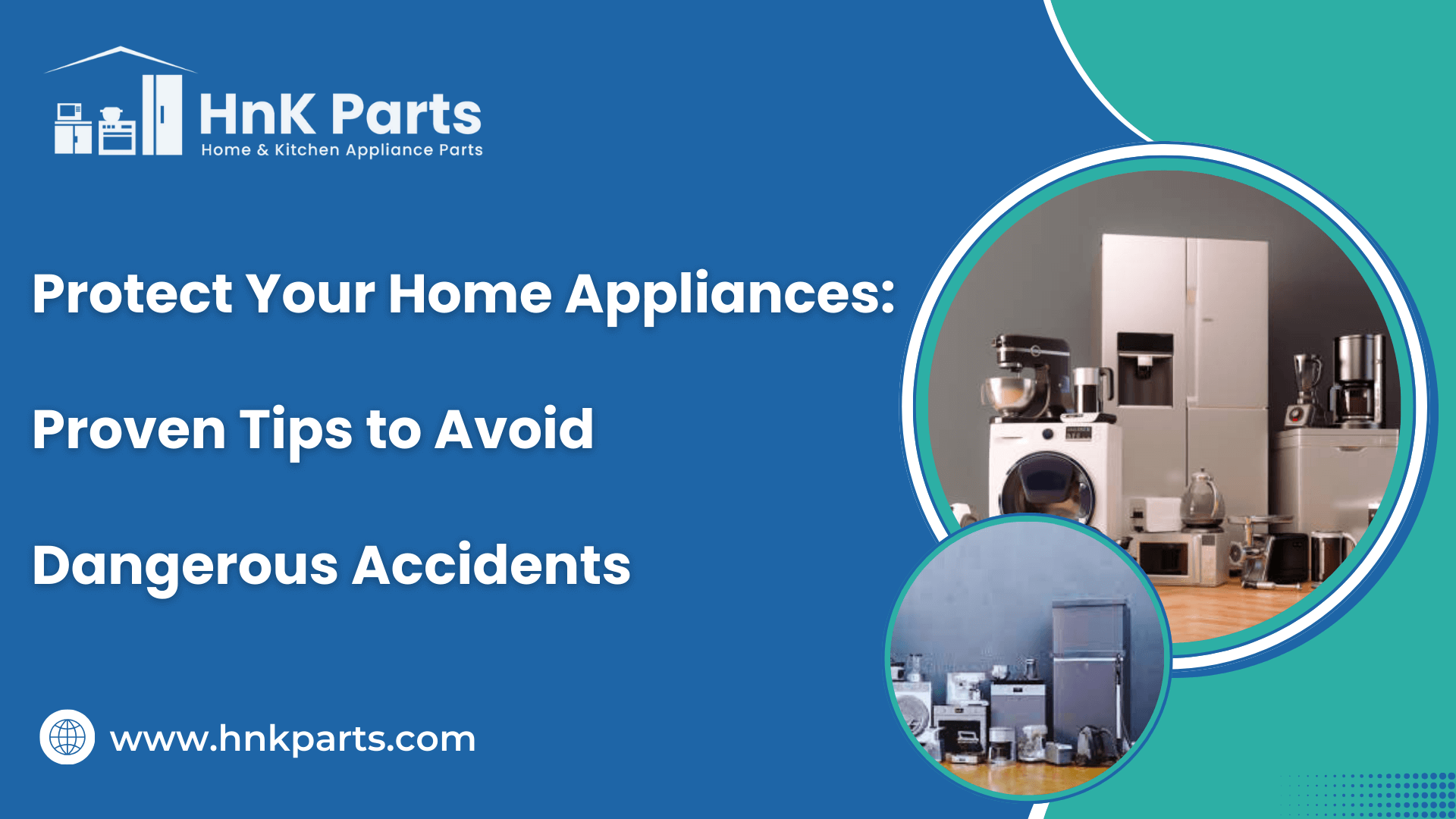
Protect Your Home Appliances: Proven Tips to Avoid Dangerous Accidents
Home appliances have revolutionized the way we live, transforming mundane chores into quick, efficient tasks. From the refrigerator that keeps our food fresh to the oven that bakes our favorite treats, these machines are integral to modern life. Yet, despite their convenience, appliances also carry risks if not used and maintained properly. Faulty wiring, clogged vents, overheating components, or simple misuse can escalate into dangerous accidents, ranging from minor electrical shocks to devastating house fires. Prioritizing preventive care and safety practices not only extends the lifespan of your equipment but also safeguards your household and loved ones. In this guide, we’ll explore why appliances matter, examine key devices in every home, and share proven tips and additional measures to prevent mishaps.
The Importance of Home Appliances in Modern Life
Home appliances save countless hours and considerable effort, freeing you from repetitive chores so you can focus on work, family, or personal pursuits.
-
Time savings: Dishwashers, washing machines, and robotic vacuum cleaners tackle laborious tasks in minutes, giving you back precious hours each day.
-
Enhanced convenience: Programmable coffee makers have your morning brew ready when you wake, while smart thermostats adjust indoor climates automatically.
-
Consistency and quality: Appliances perform tasks with consistent outcomes, washing machines clean clothes uniformly, ovens bake evenly, and refrigerators maintain precise temperatures.
-
Economic impact: Though appliances require upfront investment, energy-efficient models reduce utility bills over time. Properly maintained equipment often operates more smoothly, further lowering costs.
-
Health and safety: Refrigerators preserve perishable foods to prevent spoilage, and range hoods vent cooking fumes to improve indoor air quality. Our dependence on these machines has grown, making any disruption not just inconvenient but potentially critical.
Important Home Appliances to Consider
Understanding each appliance’s function and potential hazards helps you tailor safety measures. Below are five essential machines found in most homes:
1. Refrigerators
Refrigerators maintain a cool environment (typically between 35 – 38°F) to prevent bacterial growth in food.
Common risks: Frost buildup blocking vents, dirty condenser coils causing overheating, and gasket deterioration leading to inefficient seals.
Preventive actions:
-
Clean condenser coils biannually to improve heat dissipation.
-
Defrost manual models when ice exceeds ¼ inch in thickness.
-
Inspect and replace door gaskets to ensure airtight seals.
2. Stoves & ovens
Stoves and ovens are indispensable for cooking, but rank high in fire hazard reports.
Common risks: Gas leaks, ignitor malfunction, and gunk residue accumulation, causing flare-ups.
Preventive actions:
-
Check gas connections and hoses annually for leaks using soapy water.
-
Wipe spills and grease immediately after each use.
-
Keep oven interiors clean and service ignitors when flame patterns are irregular.
3. Cooktops
Cooktops, whether gas, electric coil, or induction, allow quick meal preparation but can overheat if left unattended.
Common risks: Overheated cookware, unattended pans, poorly calibrated controls.
Preventive actions:
-
Never leave active burners unattended.
-
Use cookware with flat bottoms to ensure even heat distribution.
-
Calibrate induction cooktops according to manufacturer guidelines.
4. Washing machines
Modern washers spin at high speeds to extract water and clean clothes effectively.
Common risks: Electrical short circuits, water leaks leading to mold, or electrical exposure.
Preventive actions:
-
Inspect hoses for cracks or bulges and replace them every five years.
-
Level the machine to prevent excessive vibration.
-
Clean detergent drawers and door seals monthly to prevent mold growth.
5. Dryers
Dryers offer fast, convenient laundry drying but require diligent lint management to avoid fire.
Common risks: Lint buildup in filters and vents, overheating motors, blocked exhaust ducts.
Preventive actions:
-
Clean lint filters before every load.
-
Inspect and clean the vent pipe annually to ensure proper airflow.
-
Keep the dryer’s exterior air intake clear of obstructions.
Home & Kitchen Appliance Error Codes: and How to Fix Them
Proven Safety Tips to Protect Your Kitchen & Home
Implementing structured safety routines and best practices dramatically reduces the risk of accidents.
Regular maintenance:
-
Monthly walk-throughs to spot frayed cords, rusted components, or unusual noises.
-
Clean refrigerator coils, oven filters, and hood vents to maintain efficiency.
-
Remove grease- and water-collecting trays from stovetops and fridges, and sanitize them to avoid mold and odors.
-
At least once a year, hire a qualified technician to examine gas lines, electrical connections, and ventilation systems.
Proper use:
-
Each model has unique features and limitations, adhering to load capacity, temperature ranges, and cleaning instructions.
-
Filling washers or dishwashers beyond capacity strains motors and heating elements.
-
Use appliance-specific temperature settings, e.g., low-heat cycles for delicate fabrics or low-medium flame settings on gas stoves to prevent scorched pans.
-
Plug high-draw devices (microwaves, refrigerators) into dedicated circuits.
-
Unplug small appliances (toasters, coffee makers) when idle to eliminate standby power risks.
Child safety:
-
Install safety latches on oven and dishwasher doors.
-
Keep stove knobs out of reach or use knob covers.
-
Use clips or cord shorteners to secure dangling cords from mixers, kettles, and lamps, preventing accidental pulls.
Fire safety:
-
Eliminates latent electrical faults and prevents phantom energy draw.
-
Replace cracked or worn cords to avoid shorts and sparks.
-
Develop and rehearse an evacuation route, ensuring every family member knows how to exit safely in case of fire.
Additional Safety Measures to Prevent Accidents
Beyond daily upkeep and proper usage, introducing supplementary safeguards adds extra layers of protection:
|
Safety Measure |
Details |
|
Install surge protectors |
|
|
Avoid using damaged cords or plugs |
|
|
Ensure proper ventilation |
|
|
Place appliances on stable Surfaces |
|
Homeowners Overlook: The Most Valuable Home Appliance Improvement Ideas
Home appliances enhance our daily lives by saving time, delivering consistent performance, and offering unparalleled convenience. By adopting a proactive approach, incorporating regular maintenance, and preparing for fire emergencies, you can significantly reduce the likelihood of accidents. Prioritizing appliance care not only protects your family and property but also optimizes equipment performance and longevity. Commit to these strategies today, and enjoy the full benefits of modern living with the confidence that your home is safeguarded against dangerous mishaps. HnKParts offers a wide range of stove & oven parts, dishwasher parts, refrigerator parts, washing machine parts, and dryer parts to keep your appliances running smoothly
FAQs
How often should home appliances be inspected by a professional?
It’s recommended to schedule professional inspections at least once a year for major appliances, such as stoves, ovens, and washing machines, to detect potential issues early and prevent hazards.
What are the warning signs that an appliance may be unsafe to use?
Warning signs include unusual noises, burning smells, water leaks, overheating, or visible damage to cords and plugs. If you notice these, stop using the appliance until it’s checked.


